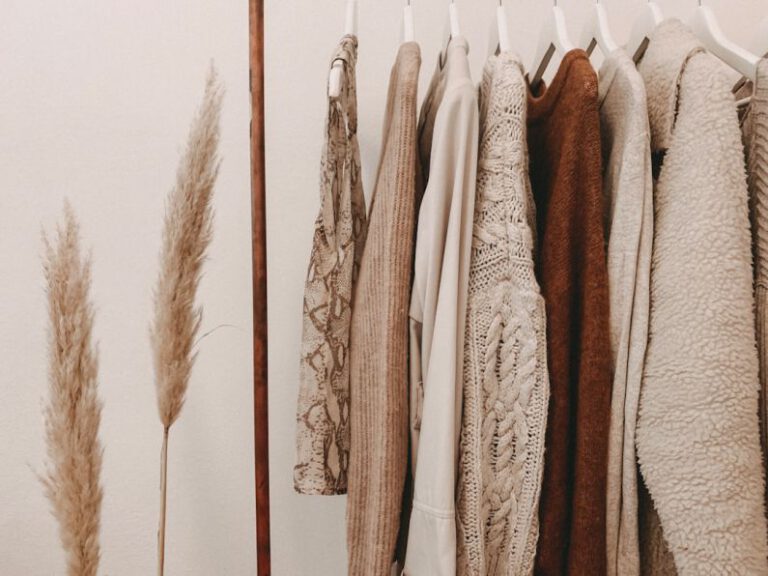The Impact of Vertical Farming on Urban Landscapes
Urban landscapes are constantly evolving to meet the growing demands of an increasingly urbanized world. One innovative solution that has been gaining traction in recent years is vertical farming. This cutting-edge agricultural method has the potential to revolutionize the way we produce food in urban areas, with far-reaching implications for sustainability, food security, and the environment.
### The Rise of Vertical Farming
Vertical farming involves growing crops in vertically stacked layers, often in controlled environments such as skyscrapers or repurposed warehouses. This method of farming utilizes advanced technologies like hydroponics and aeroponics to provide plants with the necessary nutrients and light, eliminating the need for soil and natural sunlight. By optimizing space and resources, vertical farming can produce significantly higher yields compared to traditional agriculture, making it an attractive option for urban areas where land is scarce.
### Maximizing Efficiency and Sustainability
One of the key advantages of vertical farming is its ability to maximize efficiency and sustainability in food production. By growing crops indoors, vertical farms can operate year-round regardless of weather conditions, ensuring a consistent and reliable food supply. Additionally, the controlled environment of vertical farms allows for precise monitoring of water usage, nutrient levels, and light exposure, leading to reduced waste and resource consumption. This level of efficiency not only helps to address food insecurity in urban areas but also contributes to environmental conservation by minimizing the carbon footprint associated with food production and transportation.
### Transforming Urban Spaces
Vertical farming has the potential to transform urban landscapes by repurposing underutilized spaces and integrating green infrastructure into densely populated areas. With the ability to be set up in a variety of locations, from vacant lots to rooftops, vertical farms can bring agriculture closer to urban residents, fostering a stronger connection between city dwellers and the food they consume. This integration of farming into the urban fabric not only provides fresh, locally grown produce to communities but also creates opportunities for education, job creation, and social engagement around sustainable food practices.
### Addressing Food Security Challenges
In the face of a rapidly growing global population and the looming threat of climate change, ensuring food security has become a critical issue for urban areas around the world. Vertical farming offers a promising solution to this challenge by providing a reliable source of fresh produce that is not dependent on traditional agricultural practices. By decentralizing food production and shortening supply chains, vertical farms can increase food resilience in urban areas, reducing the risk of disruptions due to external factors such as extreme weather events or transportation issues. This enhanced food security can help cities better withstand shocks and crises, ensuring that residents have access to nutritious food when they need it most.
### A Greener Future
As the world continues to urbanize, the need for innovative solutions to sustainably feed growing populations becomes increasingly urgent. Vertical farming represents a significant step towards creating a greener, more resilient future for urban landscapes. By harnessing technology, efficiency, and sustainability, vertical farms have the potential to revolutionize the way we think about food production in cities, offering a glimpse of a more sustainable and food-secure world for generations to come.






